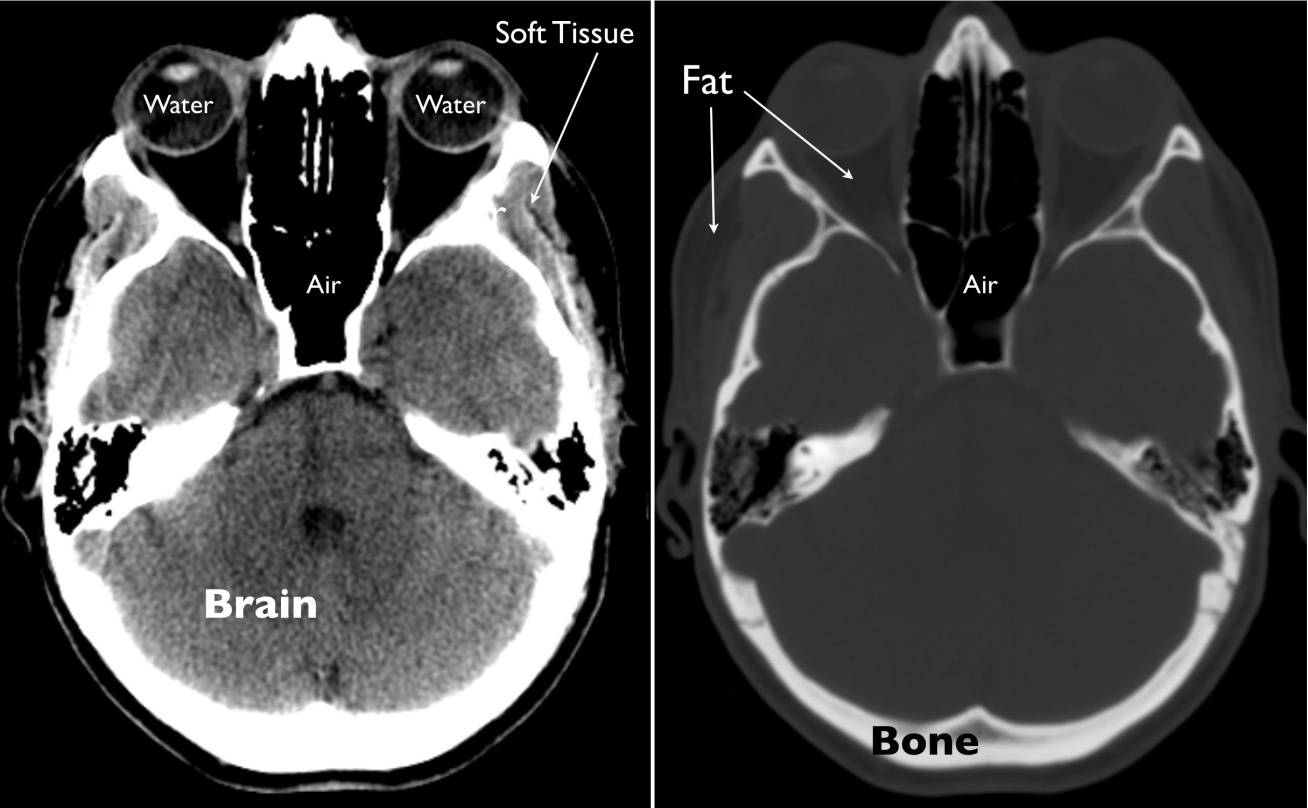What Is A CT Brain?
- It is a scan of the structure of the skull and brain.
- A brain CT examination can provide more accurate information about brain structure and brain tissue compared to an X-ray examination of the head. [4]
- Some indications for brain CT examination require the injection of contrast media.
- Brain CT has become the preferred examination for head injury. This is because images produced provide more information compared to a normal X-ray examination.[1]
- A CT brain also provides a more accurate diagnosis of injury, stroke and bleed. This helps clinicians provide appropriate treatment faster.
How Can I Get This Examination Done And Where?
- The doctor you are seeing will decide if you need the examination.
- If necessary, the doctor will make a request for examination using Request Form For Radiological Examination.
- This examination is available in selected Ministry of Health hospitals.
When Is A CT Brain Required?
- Among the reasons for performing a CT scan of the brain are to rule out :
– metastases in the brain
– head injury
– bleed in the brain.
– abnormality of the brain and structure of the skull.
Source: http://www.urmc.rochester.edu/encyclopedia/content.aspx
Before the examination
- The radiographer will explain the procedure to you.
- You will need to remove metallic objects such as hair clips, earrings and necklaces to avoid artefacts in the images.
- Please inform the radiographer if you are or may be pregnant.
- If the examination requires a contrast medium, the following instructions need to be followed:
– You need to fast at least 4 – 6 hours prior to the examination.
– Take the steroids given to you 12 and 2 hours before the examination (if necessary).
– You are encouraged not to wear or bring any jewellery or valuables with you on the examination day.
– If the examination requires a contrast medium, the doctor will fix a needle in your arm or hand.
During the examination
- You will be asked to lie down on the CT examination couch.
- The radiographer will position you such that your body is straight and your head will be in the correct position.
- The examination table will be moved into the gantry.
- The door of the examination room will be closed but you will be able to communicate with the radiographer and the doctor through an intercom.
- You will be advised not to move during the scan to avoid blurring of the images which may result in a repeat examination.
- The scan will be started.
- If you are undergoing a CT brain with contrast media, you may feel uncomfortable after the contrast medium is injected into your blood vessel such as a burning sensation all over the body, nausea, dizziness, etc. However, these symptoms are only temporary.
- Doctors and radiographers on duty are always there to monitor the situation throughout the examination.
- After the scan the table will be moved out of the gantry.
- You will be allowed to get off the table and to change your clothes.
- The needle will be taken out (if any).
After the examination
- If your CT examination is done without contrast media, no special after care is required.
- If your CT examination is done with contrast medium you are advised to drink a lot of water to hasten the excretion of contrast medium from the body through urination.
- Make sure you are stable before leaving the department.
- You can inform the radiographer on duty if you have any problem.
Report
Images acquired during the examination will be viewed by a radiologist who will then report the examination.
 Picture 1: Examples of CT Brain Images
Picture 1: Examples of CT Brain Images
Source: http://blog.radiology.ucsf.edu/wp
References
- http://en.wikipedia.org/wiki/Computed_tomography_of_the_head
- http://blog.radiology.ucsf.edu/wp
- http://www.urmc.rochester.edu/encyclopedia/content.aspx?ContentTypeID=92&ContentID=P07650
- http://www.hopkinsmedicine.org/healthlibrary/test
| Last Reviewed | : | 2 June 2016 |
| Translator | : | Daud bin Ismail |
| Accreditor | : | Jasintha S. Sangarapillai |







